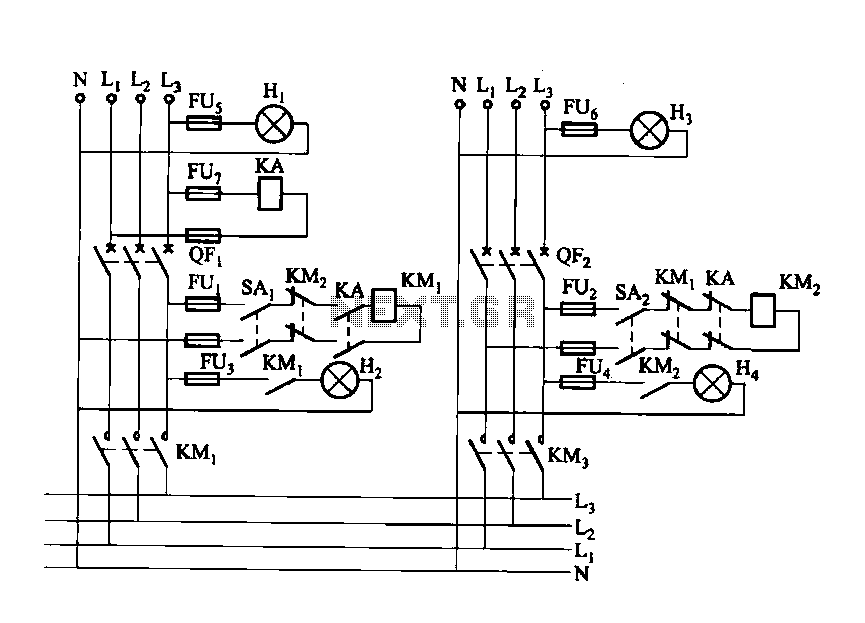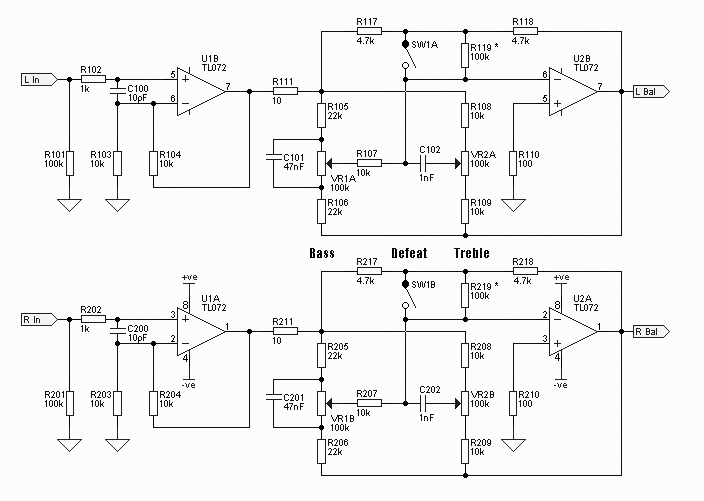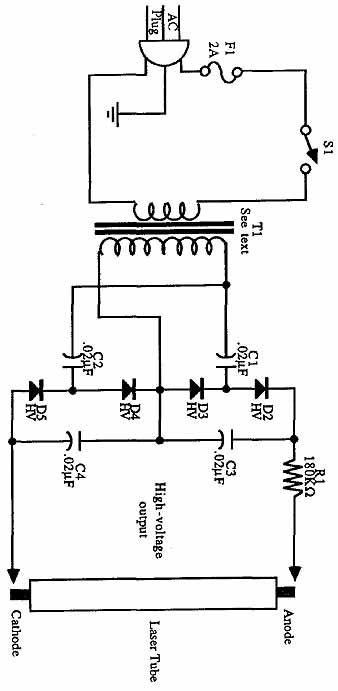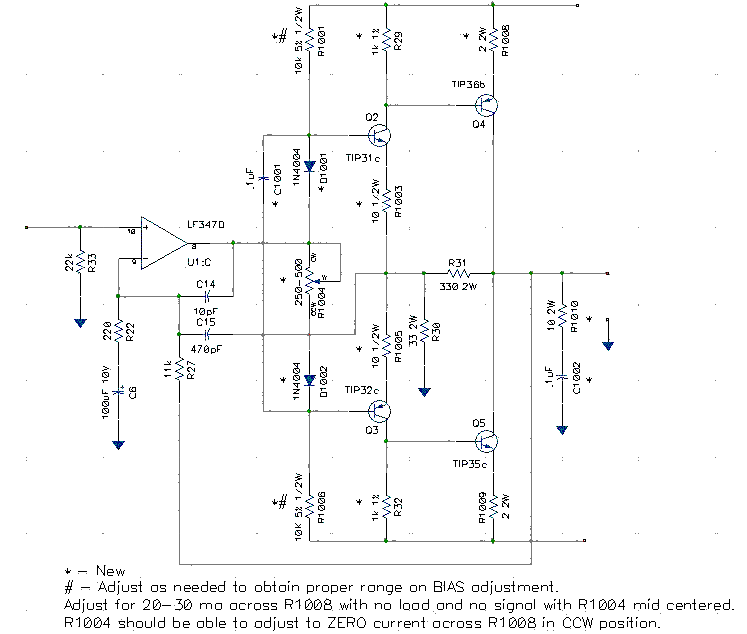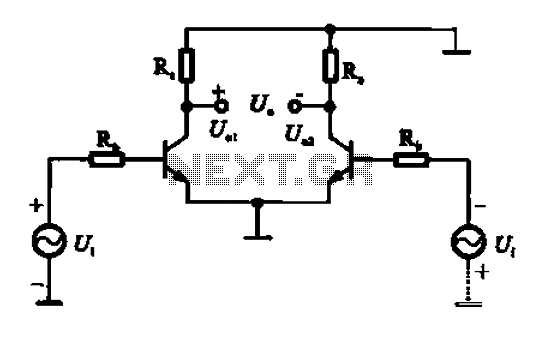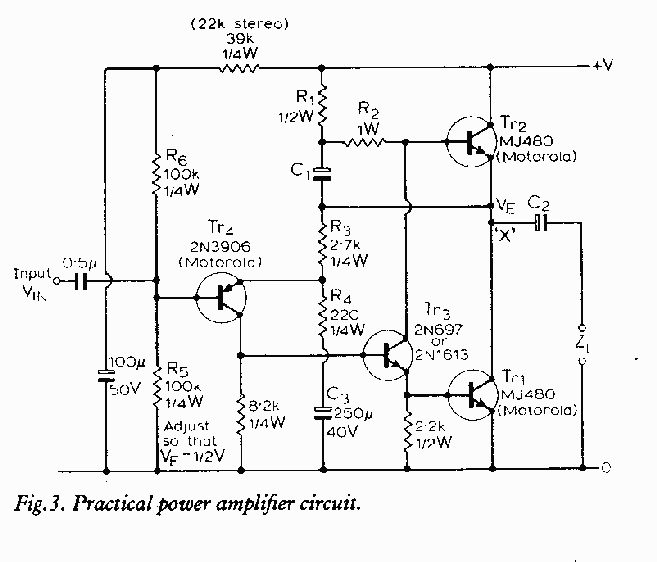
MDRC Mark 4 20 Amp Power Supply
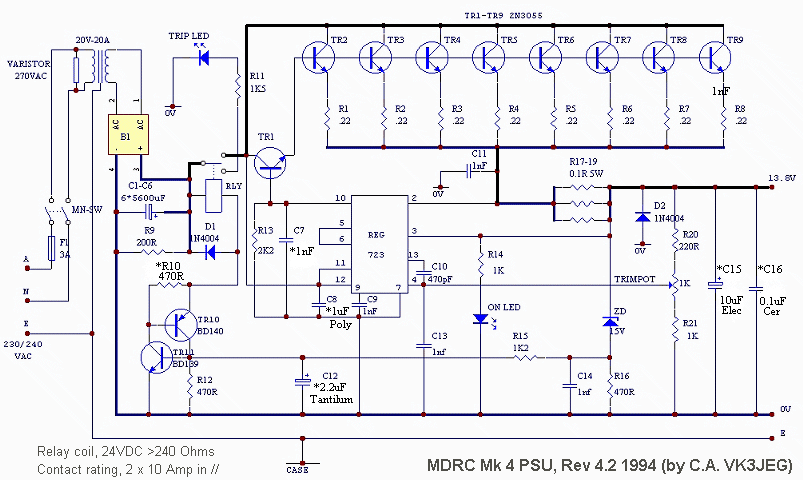
The MDRC committee approached the author to take on the role of Electronic Components and Project Officer, which was accepted without hesitation. Upon assuming the position, it became evident that more time would be required than initially anticipated, primarily for responding to emails. A recurring issue was identified regarding the 1988 Mark 4 Power Supply Project, which had been released before the author's involvement with the club. The following notes outline upgrades to address these issues without completely overhauling the project. For over 20 years, the Moorabbin and District Radio Club has provided kits to the amateur radio community. The current Mark 4 model has been well-received since its introduction in 1988. However, feedback from constructors has highlighted the need for an upgrade. The regulator circuit of the Mark 4 utilizes a linear design based on the well-established "723" regulator from Fairchild. Current trends favor switch-mode designs due to their inherent efficiency, compact size, and lower production costs. However, many switch-mode designs can be noisy, despite demonstrating good regulation, which is why a linear design has been retained. The Mark 4, like previous MDRC supplies, includes over-voltage protection to prevent damage to equipment from unregulated 24 to 28 volts DC in the event of regulator failure. This component of the power supply circuit has been problematic for constructors. The symptoms include issues with a simple resistor and zener diode arrangement for the over-voltage protection circuit, which employs transistor switching. If the output exceeds 15 volts, the zener diode conducts, causing sufficient voltage to develop across R16 (approximately 1 volt), which biases TR11 on. Since TR10 is connected in a feedback configuration with TR11, both transistors and the relay will remain activated. This condition persists until the mains power is removed and capacitors C1-C6 are discharged. The circuit's sensitivity to spikes or noise is a concern; spikes, often caused by switch bounce, can generate enough voltage across R15 to activate TR10 and TR11. These spikes may last only microseconds, as the BD139/140 transistors can switch at frequencies in the hundreds of megahertz range.
The Mark 4 Power Supply Project features a linear voltage regulation circuit that utilizes the Fairchild "723" regulator, which is known for its stability and reliability. The design includes a primary power input stage that converts the AC mains voltage to a regulated DC output suitable for powering various electronic devices. The output voltage is adjustable, allowing users to set it to the required level for their specific applications.
The over-voltage protection circuit is a critical safety feature, designed to prevent excessive voltage from reaching connected equipment. This circuit consists of a zener diode, resistors, and transistors that work in conjunction to monitor the output voltage. When the output voltage exceeds the predetermined threshold of 15 volts, the zener diode conducts, triggering the transistors to activate a relay that disconnects the power supply. This mechanism ensures that any fault condition leading to over-voltage does not damage sensitive components.
To enhance the performance of the Mark 4 Power Supply, modifications may include improving the layout to minimize electromagnetic interference (EMI) and implementing filtering techniques to reduce noise. Additionally, using higher-quality components for the zener diode and transistors can improve the circuit's response to voltage spikes and enhance overall reliability.
The feedback configuration involving TR10 and TR11 is crucial for maintaining the stability of the output voltage. It is essential to ensure that these transistors are properly biased and that the feedback loop is tightly controlled to avoid oscillations and ensure consistent operation. The design may also benefit from incorporating modern components with better noise characteristics to address feedback from the constructors regarding noise issues.
In summary, the Mark 4 Power Supply Project is a well-established design that has served the amateur radio community for over two decades. The proposed upgrades aim to address specific issues while maintaining the integrity and reliability of the original design. By focusing on enhancing the over-voltage protection circuit and improving noise performance, the updated power supply will continue to meet the needs of constructors and users alike.I was asked by the MDRC committee of the day if I would like to take on the role as Electronic components and project officer, I didn`t see any problem with this and agreed. After being elected into the position I soon found out that a little more time would be required than I expected, most of which was spent answering m
ail. One item that kept popping up was a couple of small problems with a project released prior to my association with the club, being the 1988 Mark 4 Power Supply Project. The following is the upgrade notes to rid the problems without a total rehash. For over 20 years now the Moorabbin and District Radio Club has supplied kits to the amateur fraternity.
Our current mark 4 has been quite popular since its introduction in 1988. However, recent constructor feedback has necessitated the need for an upgrade. The regulator circuit of the mark 4 employs a linear design based on the long standing industry standard "723" regulator from Fairchild (tm). Current trends obviously lean towards Switch Mode designs as they are inherently more efficient, physically smaller and cheaper to produce.
However many switch mode designs are often noisy, even when displaying good regulation characteristics and it is for this reason that we have maintained a linear design. The Mark 4 as with earlier MDRC supplies is equipped with over Volts protection. This prevents the unregulated 24 to 28 Volts DC from causing damage to your equipment in the event of a regulator failure.
It is with this part of the power supply circuit that constructors are experiencing problems, the symptoms are as follows. The over volts protection circuit is a simple resistor, zener diode arrangement with transistor switching.
In the event of a output of more than 15 volts the zener with begin to conduct, once sufficient Voltage is developed across R16 (about 1 Volt) TR11 will be biased on. since TR10 is connected in a feedback configuration with TR11 both transistors and thus the relay will be ON.
This condition will remain until removal of the mains and discharging of capacitors C1-C6. A problem with this type of circuit is its sensitivity to spikes or noise. Spikes, caused frequently by switch bounce, may develop sufficient volts across R15 to switch TR10 & 11 ON. This spike need only be for micro-seconds or less as the BD139 / 140 transistors can now switch in the hundreds of Megahertz range.
🔗 External reference
The Mark 4 Power Supply Project features a linear voltage regulation circuit that utilizes the Fairchild "723" regulator, which is known for its stability and reliability. The design includes a primary power input stage that converts the AC mains voltage to a regulated DC output suitable for powering various electronic devices. The output voltage is adjustable, allowing users to set it to the required level for their specific applications.
The over-voltage protection circuit is a critical safety feature, designed to prevent excessive voltage from reaching connected equipment. This circuit consists of a zener diode, resistors, and transistors that work in conjunction to monitor the output voltage. When the output voltage exceeds the predetermined threshold of 15 volts, the zener diode conducts, triggering the transistors to activate a relay that disconnects the power supply. This mechanism ensures that any fault condition leading to over-voltage does not damage sensitive components.
To enhance the performance of the Mark 4 Power Supply, modifications may include improving the layout to minimize electromagnetic interference (EMI) and implementing filtering techniques to reduce noise. Additionally, using higher-quality components for the zener diode and transistors can improve the circuit's response to voltage spikes and enhance overall reliability.
The feedback configuration involving TR10 and TR11 is crucial for maintaining the stability of the output voltage. It is essential to ensure that these transistors are properly biased and that the feedback loop is tightly controlled to avoid oscillations and ensure consistent operation. The design may also benefit from incorporating modern components with better noise characteristics to address feedback from the constructors regarding noise issues.
In summary, the Mark 4 Power Supply Project is a well-established design that has served the amateur radio community for over two decades. The proposed upgrades aim to address specific issues while maintaining the integrity and reliability of the original design. By focusing on enhancing the over-voltage protection circuit and improving noise performance, the updated power supply will continue to meet the needs of constructors and users alike.I was asked by the MDRC committee of the day if I would like to take on the role as Electronic components and project officer, I didn`t see any problem with this and agreed. After being elected into the position I soon found out that a little more time would be required than I expected, most of which was spent answering m
ail. One item that kept popping up was a couple of small problems with a project released prior to my association with the club, being the 1988 Mark 4 Power Supply Project. The following is the upgrade notes to rid the problems without a total rehash. For over 20 years now the Moorabbin and District Radio Club has supplied kits to the amateur fraternity.
Our current mark 4 has been quite popular since its introduction in 1988. However, recent constructor feedback has necessitated the need for an upgrade. The regulator circuit of the mark 4 employs a linear design based on the long standing industry standard "723" regulator from Fairchild (tm). Current trends obviously lean towards Switch Mode designs as they are inherently more efficient, physically smaller and cheaper to produce.
However many switch mode designs are often noisy, even when displaying good regulation characteristics and it is for this reason that we have maintained a linear design. The Mark 4 as with earlier MDRC supplies is equipped with over Volts protection. This prevents the unregulated 24 to 28 Volts DC from causing damage to your equipment in the event of a regulator failure.
It is with this part of the power supply circuit that constructors are experiencing problems, the symptoms are as follows. The over volts protection circuit is a simple resistor, zener diode arrangement with transistor switching.
In the event of a output of more than 15 volts the zener with begin to conduct, once sufficient Voltage is developed across R16 (about 1 Volt) TR11 will be biased on. since TR10 is connected in a feedback configuration with TR11 both transistors and thus the relay will be ON.
This condition will remain until removal of the mains and discharging of capacitors C1-C6. A problem with this type of circuit is its sensitivity to spikes or noise. Spikes, caused frequently by switch bounce, may develop sufficient volts across R15 to switch TR10 & 11 ON. This spike need only be for micro-seconds or less as the BD139 / 140 transistors can now switch in the hundreds of Megahertz range.
🔗 External reference
